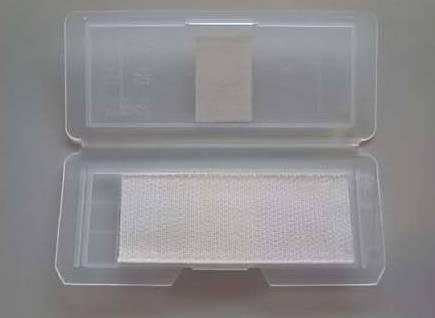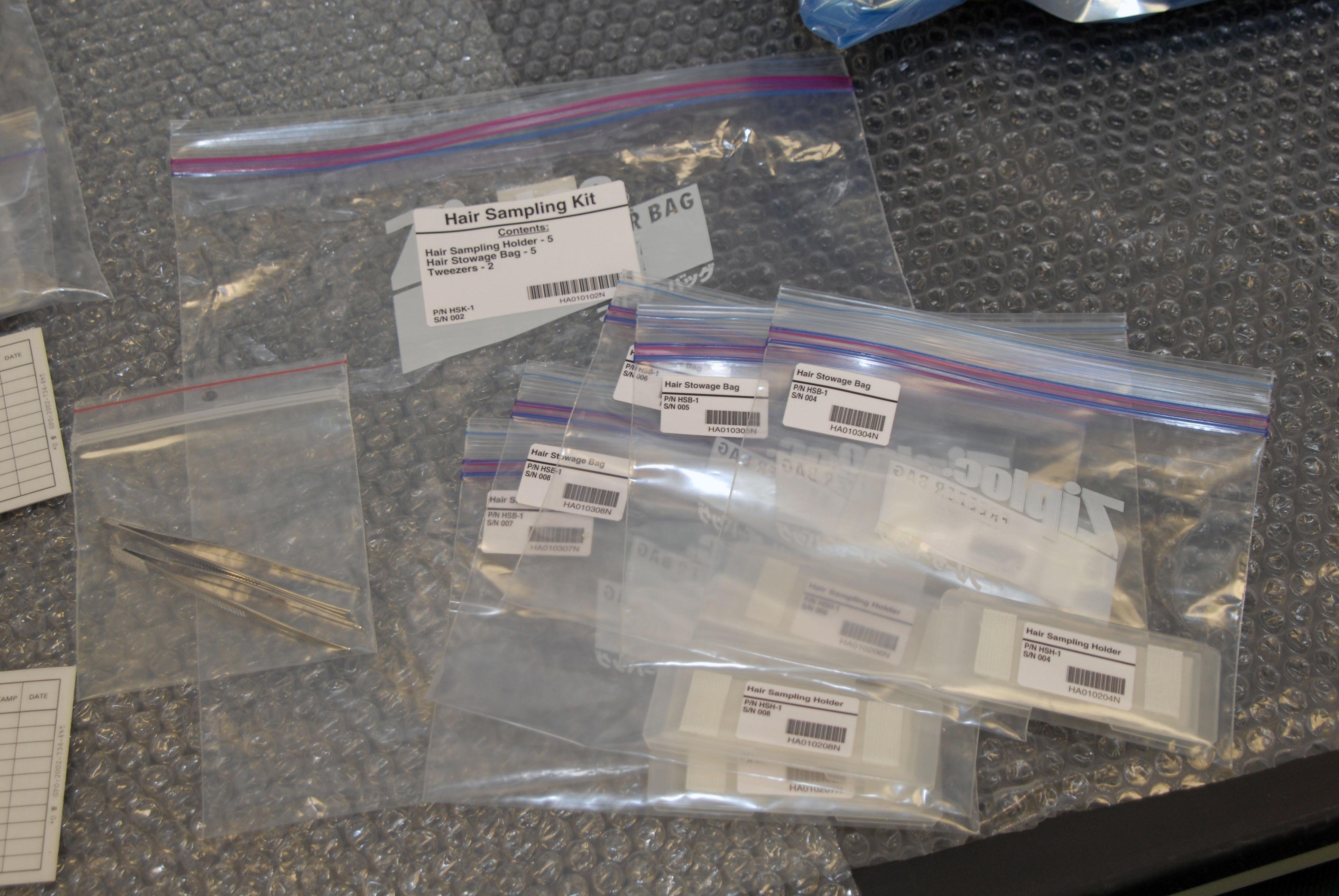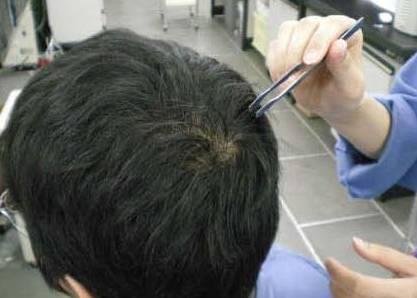- completed
[hair]
Biomedical Analyses of Human Hair Exposed to a Long-term Space Flight
- Human Research
ISS Science for Everyone
SCIENCE OBJECTIVES FOR EVERYONE
Hair root cells actively divide in a hair follicle, and they sensitively reflect physical conditions. The hair shaft has an advantage in that it records the metabolic conditions of the environment where the subject is. The purpose of this experiment is to examine the effect of long duration space flight on gene expression and trace element metabolism in human body by analysing human hair.
SCIENCE RESULTS FOR EVERYONE
Your roots are showing. Actively dividing hair root cells can reveal a person’s physical health, while the hair shaft records the metabolic conditions of the environment in which the person lives. This investigation uses human hair to examine the effect of long-duration spaceflight on gene expression and trace element metabolism. Hair samples are collected from ten space station crewmembers and RNA successfully extracted. Some changes in gene expression have been detected, and distribution of trace elements evaluated. Additional, detailed analysis of the samples is underway. The data obtained help support development of diagnostic tests that do not require blood or urine.
Experiment Description
RESEARCH OVERVIEW
- To study the effects of long-term exposure in space flight on gene expression and mineral metabolism in human hair.
- 5 pieces of hair with hair root from an ISS crew will be collected. These two analyses are 1) Nucleic Acids (RNA and mitochondrial DNA) and 2) Trace Element in the hair shaft.
- We can determine stress levels on the human body and metabolic conditions caused by microgravity environment and cosmic radiation.
DESCRIPTION
We believe by examining human hair, we can determine stress levels and metabolic conditions of a human caused by the microgravity environment and cosmic radiation. The purpose of the Biomedical Analyses of Human Hair Exposed to a Long-term Space Flight (Hair) investigation is to study the effects of a long-term exposure in space flight on gene expression and mineral metabolism in human hair.
This is the first experiment to examine the effect of a long-term exposure in space flight on human hair. Hair matrix cells actively divide in a hair follicle, and they sensitively reflect physical conditions. The hair shaft has an advantage in that it keeps the record of changes in the metabolic condition of a subject caused by the environments he/she has been in. These samples give us useful physiological information to examine the effect of a space flight on a human. In space experiments, hair is one of the most suitable specimens because there are no special requirements for utilizing hardware and handling.
In this experiment, we plan two analyses of human hair from ISS crews:
- Nucleic acids (RNA and mitochondrial DNA) will be extracted from the collected hair roots, and we will analyze the gene expression change during the space flight. The extracted total RNA will be analyzed by DNA microarray technique, and we will examine the space flight effect on the gene expression level. And we also analyze the mitochondrial DNA to examine the multiple effects of microgravity and cosmic radiation on the copy number of mitochondrial DNA. Stress-related genes and oxidative stress genes and immune system-related genes are analyzed by real- time PCR.
- We will analyze the minerals (Na, K, Ca) and a trace element mercury (Hg) in the hair shaft from ISS crews to examine the trace element metabolism in human body using the method of energy-dispersive analysis of X-rays. As a result, it was possible to analyze the amount of minerals contained in the hair shaft in the order of a day-to-day or week-to-week basis.
Media Gallery





Applications
SPACE APPLICATIONS
In space experiments, hair is one of the most suitable specimens, for there are neither special hardware nor handling necessary to collect samples and retrieve them from the orbit. The research is expected to support the development of an effective and easy diagnostic measure for ISS crew.
EARTH APPLICATIONS
The results obtained from this research will facilitate the understanding of the relations between human metabolism and hair. The research is expected to support the development of alternative diagnostic methods for blood or urine tests.
Operations
OPERATIONAL REQUIREMENTS AND PROTOCOLS
During this experiment, 5 strands of hair with hair roots will be collected a total of six times (twice in preflight, twice inflight, twice in postflight periods) for each subject. This experiment requires at least 5 strands of hair with hair roots; however, hair sampling will be terminated after collecting 10 strands of hair even if less than 5 hair roots have been obtained.
The operator crewmember will pluck 5 strands of hair from a subject crew using tweezers. Then, the operator crew will collect 5 strands of hair with hair roots in a Hair Sampling Holder and stow it in MELFI at -80℃.
Publications
PRINCIPAL INVESTIGATOR(S)
MUKAI Chiaki [JAXA]
Unless specified otherwise, rights to all images belong to ©JAXA



